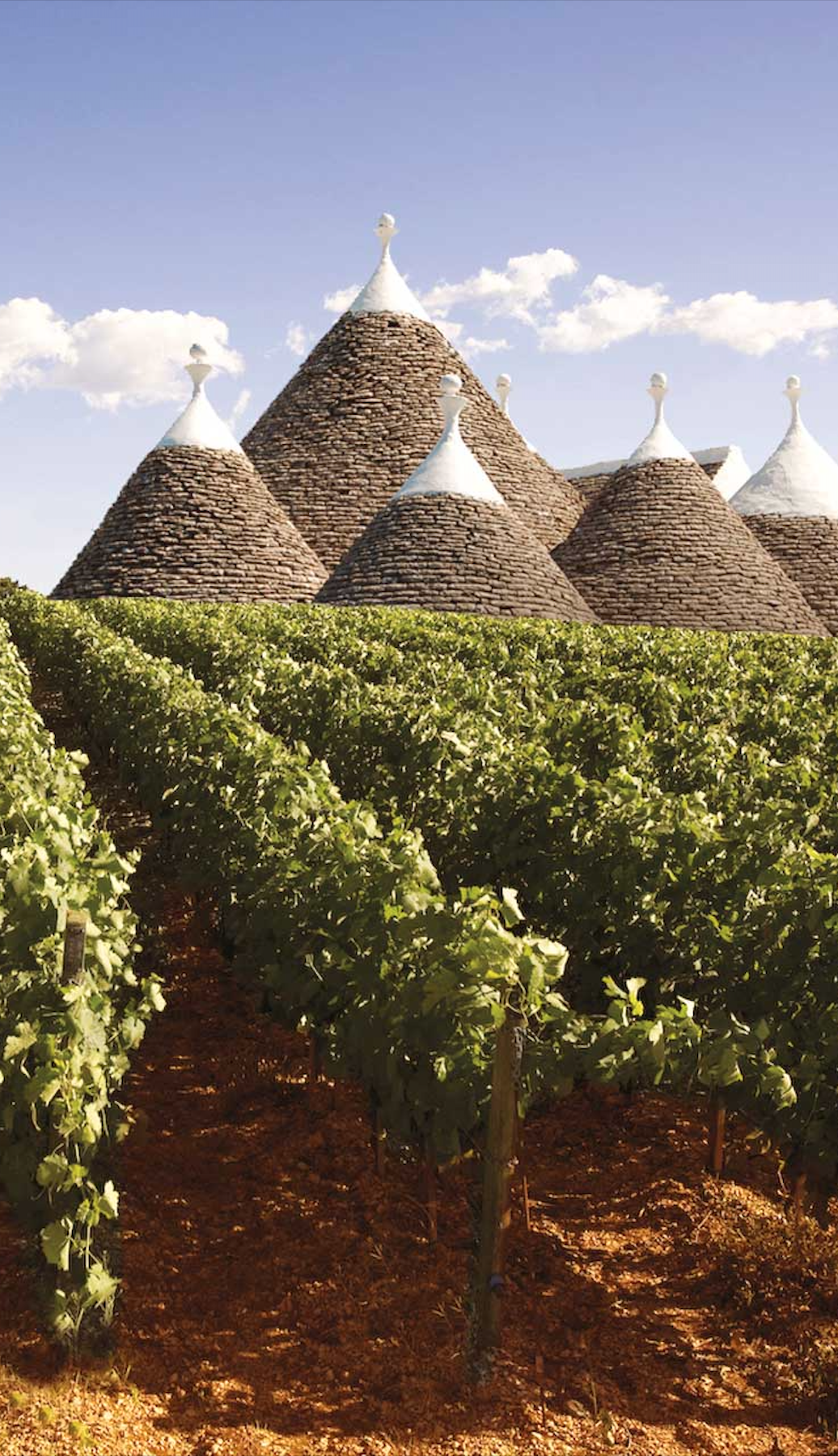The harsh but generous soil of the Alberobello area was rendered fertile inch by inch by man’s hard work, rewarding the farmers thousands of times over for all their efforts, producing the lush vineyards and olive groves around the “town of the Trulli”, the golden stretches of wheat and the green vegetable gardens found even in the most remote areas.The Museum of Wine, in Alberobello, originally the idea of Cavaliere Dante Renzini when he took over this historic winery, pays tribute to the agricultural and viticultural history and traditions of the area, as well as the rest of Puglia. The museum is located in the ample rooms on the top floor of the winery: an integral part of the building, which is an interesting example of early 20th century industrial design. The extensive collection of ancient agricultural tools includes those of a type which would have been in use from pre-Christian times until relatively recently. These, along with a collection of photographs and information boards, lead the visitor on a journey through time, learning how wine making techniques have evolved into the rather more sophisticated and refined ones found in use today.The Cantina Albea is one of the most ancient, and recognised, wineries of the area, having succeeded in implementing modern production techniques within a historical framework and context. The winery was founded at the turn of the last century and is entirely built of stone, with tanks designed to hold the wine carved out of the rock itself.

